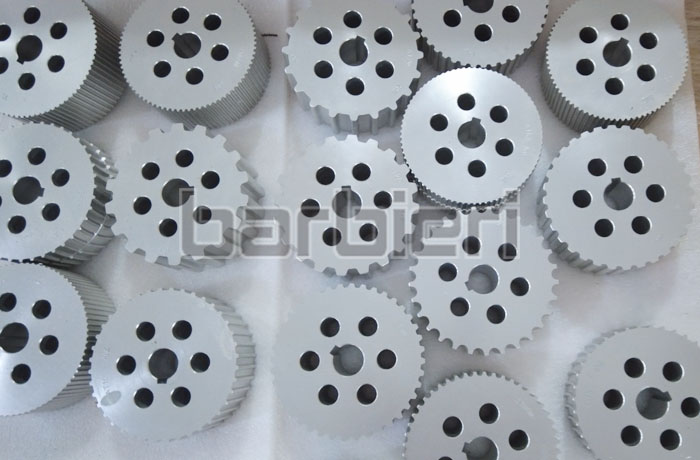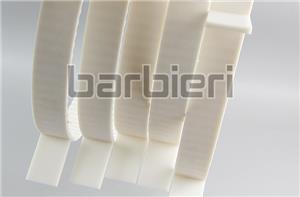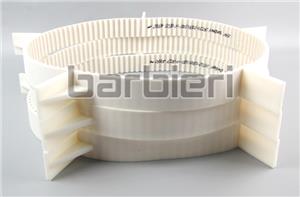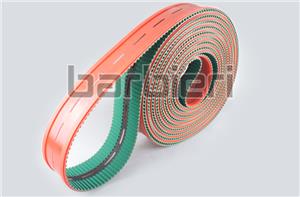Causes and countermeasures of excessive noise during operation of timing belt module
As the core component of automation equipment, the stable operation of timing belt module is crucial to the performance of the entire system. However, in practical applications, the high noise during operation of timing belt module is a common problem, which not only affects the accuracy and reliability of the equipment, but also may interfere with the working environment.
Common reasons for excessive noise during operation of timing belt module are as follows:
1. Overload operation
When the load borne by the timing pulley exceeds its design capacity, the friction between the timing belt and the timing pulley will increase significantly, resulting in greater noise.
2. Improper preload
The preload of the timing belt is crucial to its stable operation. Excessive or insufficient preload will cause noise. Excessive preload may cause the timing belt to make a flapping sound during operation, while insufficient preload may cause the belt to slip, resulting in screaming or squeaking.
3. Problems with the matching of the slider and the guide rail
The matching degree between the linear guide rail and the slider is also an important factor affecting the noise. If there is an improper matching between the guide rail and the slider or dust particles enter the slider, the module will not run smoothly and generate noise.
4. Interference from external factors
The timing belt module may be interfered by external factors during operation, such as foreign objects falling into the timing pulley, bearing damage, etc., which will cause noise.
5. Poor meshing between the timing belt and the timing pulley
The meshing state between the timing belt and the timing pulley directly affects the generation of noise. If there is a deviation in the meshing between the timing belt and the timing pulley, the timing pulley is worn, the timing belt is loose, or the axis is not parallel during installation, it will also cause the timing belt to make abnormal noise.
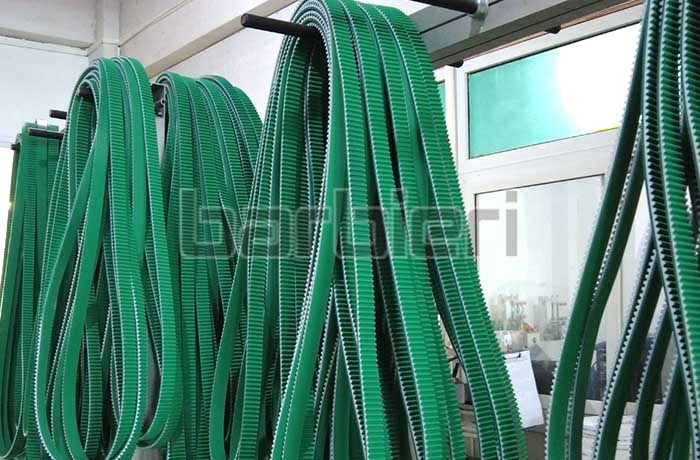
Countermeasures and suggestions
1. Check and adjust the load
Make sure it is within the load range of the timing pulley. If it is often overloaded, consider replacing the timing pulley or timing belt with a larger load capacity.
2. Adjust the preload
According to the actual operation of the timing belt module, adjust the preload appropriately. The preload should be moderate, neither too large nor too small, to ensure the stable operation of the timing belt.
3. Optimize the fit between the slider and the guide rail
Regularly check the fit between the linear guide rail and the slider, and replace the improperly matched parts in time. If there are dust particles entering the slider, the inside of the slider should be cleaned to ensure smooth operation of the module.
4. Eliminate external interference
Regularly check whether there are foreign objects falling into the timing pulley around the timing belt module, and clean the foreign objects in time. For faults such as bearing damage, the damaged parts should be replaced in time to avoid the expansion of the fault and cause greater noise.
5. Adjust the meshing state of the timing belt and the timing pulley
Regularly check the wear of the timing belt and the timing pulley, replace the severely worn parts in time, ensure good meshing between the timing belt and the timing pulley, and ensure that the axis is parallel during installation to avoid noise caused by installation errors. At the same time, choose good quality timing belts and timing pulleys to avoid noise caused by insufficient material strength or manufacturing process defects.
